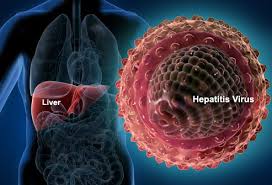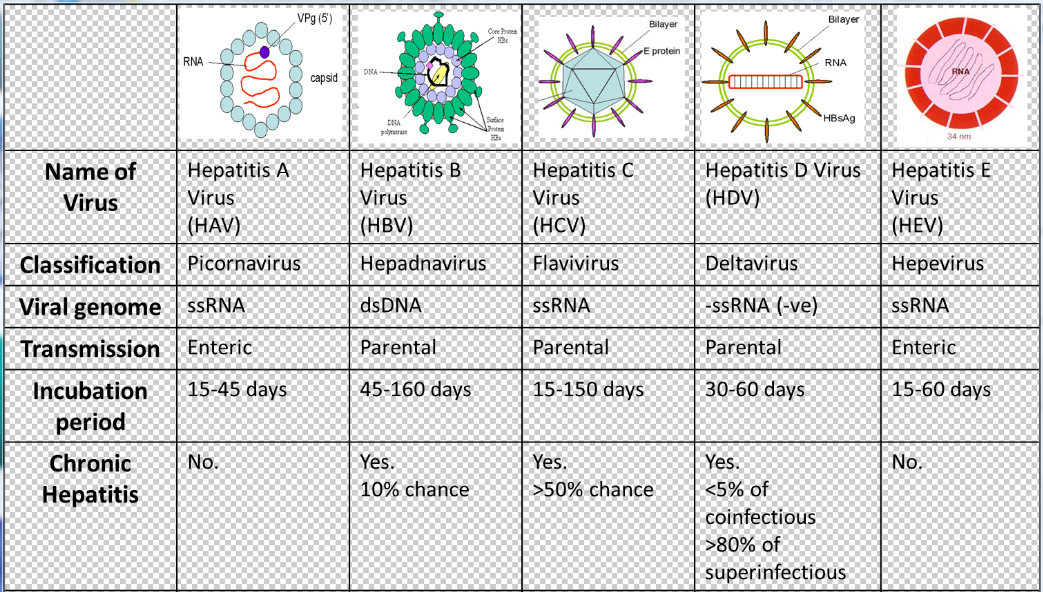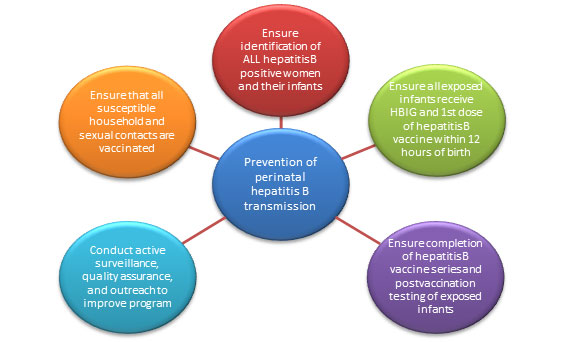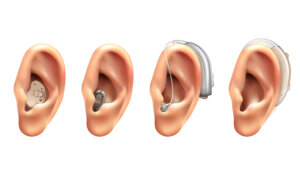What is hepatitis?

Hepatitis is an inflammation of the liver, most commonly caused by a viral infection.
There are five main hepatitis viruses, referred to as types A, B, C, D and E.
In particular, types B and C lead to chronic disease in hundreds of millions of people and, together, are the most common cause of liver cirrhosis and cancer.
Hepatitis A and E are typically caused by ingestion of contaminated food or water.
Hepatitis B, C and D usually occur as a result of parenteral contact with infected body fluids. Common modes of transmission for these viruses include receipt of contaminated blood or blood products, invasive medical procedures using contaminated equipment and for hepatitis B transmission from mother to baby at birth, from family member to child, and also by sexual contact.

Acute infection may occur with limited or no symptoms, or may include symptoms such as jaundice (yellowing of the skin and eyes), dark urine, extreme fatigue, nausea, vomiting and abdominal pain.
What makes hepatitis a global health problem?

Viral hepatitis B and C affect 325 million people worldwide causing 1.4 million deaths a year. It is the second major killer infectious disease after tuberculosis, and 9 times more people are infected with hepatitis than HIV. Hepatitis is preventable, treatable, and in the case of hepatitis C, curable. However, over 80% of people living with hepatitis are lacking prevention, testing and treatment service.
How can viral hepatitis be prevented?

– Safe and effective vaccines are widely available for the prevention of HAV and HBV infection.
– Screening blood used for transfusion can prevent transmission of HBV and CV.
– Sterile injection equipment protects against HBV and HCV transmission.
– Safer sex practices, including minimizing the number of partners and using barrier (condom) protective measures has been shown to protect against HBV and HCV transmission.
– Harm reduction for injection drug users prevents HBV and HCV transmission.
– Safe food and water provide the best protections against HAV and HEV.
Taking Action: How do you use this information?
– Early diagnosis can prevent health problems that may result from infection and prevent transmission to family members and other close contacts.
– Raise awareness.
– Prevent transmissions.










